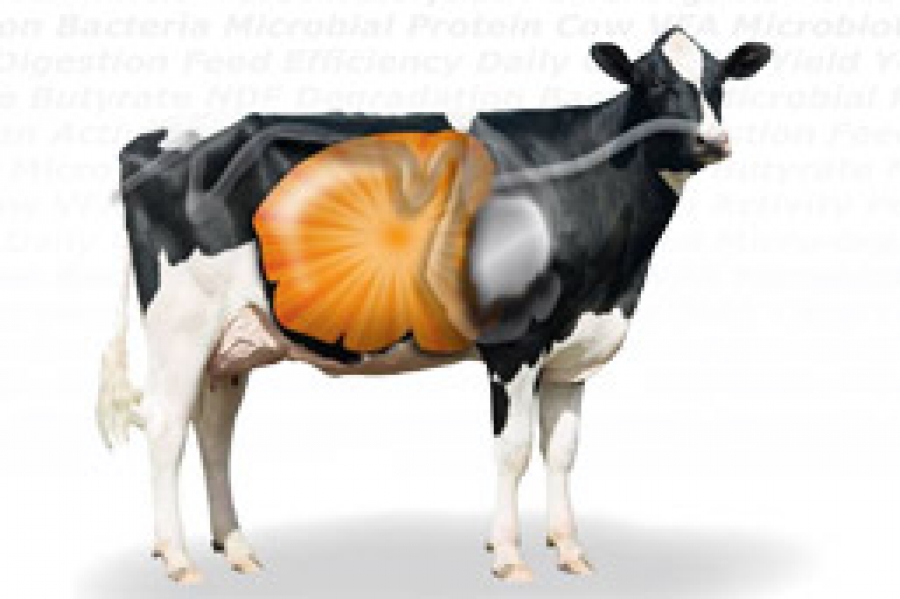and accurate of all the mycotoxin analytical methods. Mycotoxins can affect the animals either individually or additively in the presence of more than 1 mycotoxin, and may affect various organs such as gastrointestinal tract, liver, and immune system, essentially resulting in reduced productivity of the birds and mortality in extreme cases. While the use of mycotoxin binding agents has been a commonly used counteracting strategy, considering the great diversity in the chemical structures of mycotoxins, it is very obvious that there is no single method that can be used to deactivate mycotoxins in feed. Therefore, different strategies have to be combined in order to specifically target individual mycotoxins without impacting the quality of feed. Enzymatic or microbial detoxification, referred to as "biotransformation" or "biodetoxification," utilizes microorganisms or purified enzymes thereof to catabolize the entire mycotoxin or transform or cleave it to less or non-toxic compounds. However, the awareness on the prevalence of mycotoxins, available modern techniques to analyze them, the effects of mycotoxicoses, and the recent developments in the ways to safely eliminate the mycotoxins from the feed are very minimal among the producers. This symposium review paper comprehensively discusses the above mentioned aspects.
کد مقاله : MPP-006
پس یادداشت کد مقاله بر روی دکمه زیر کلیک نمایید








